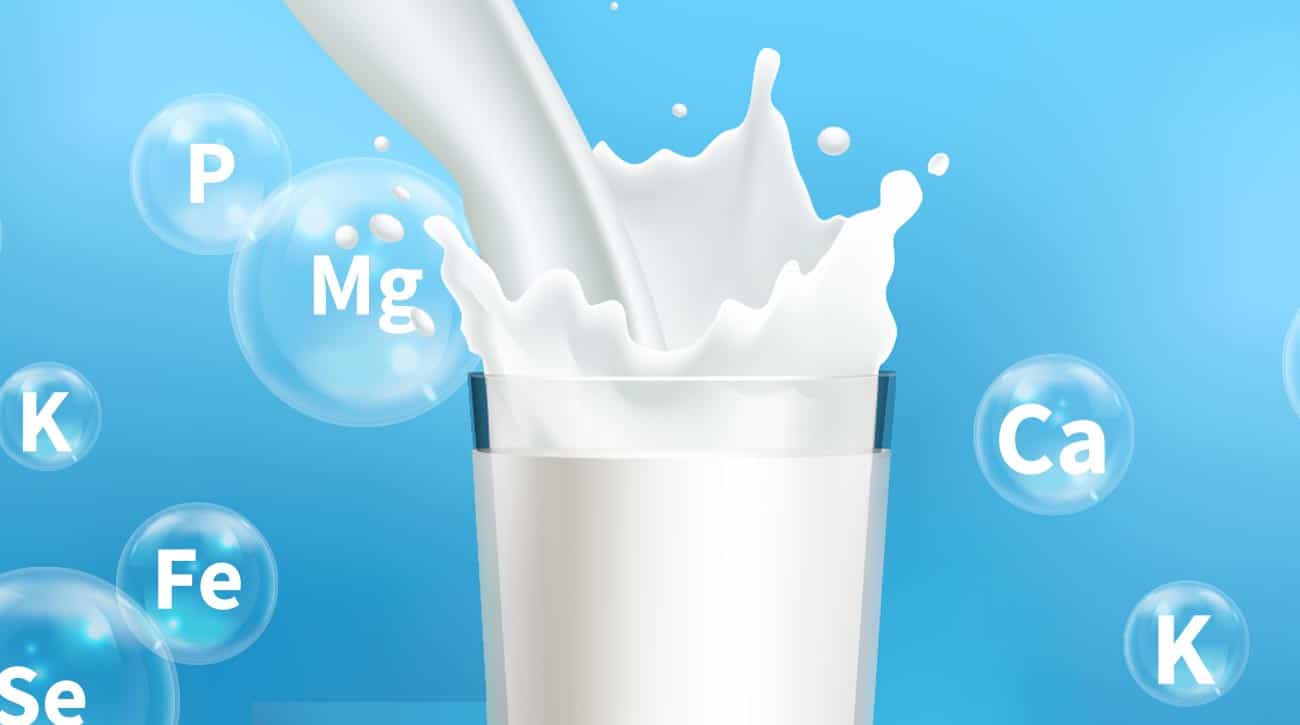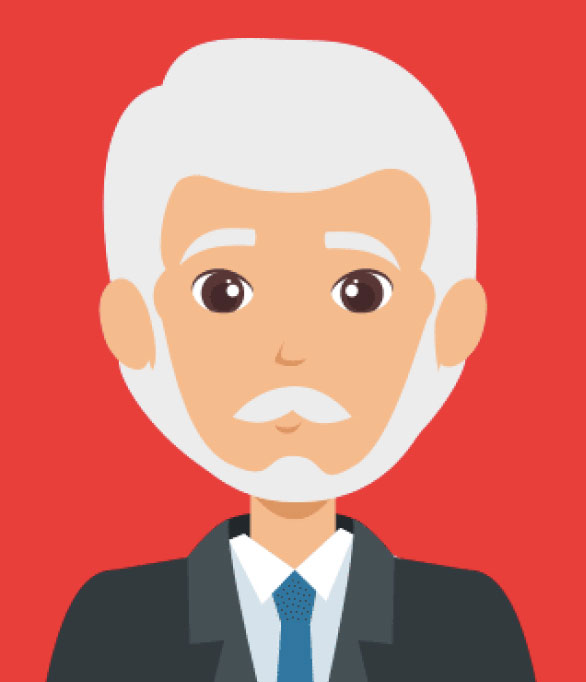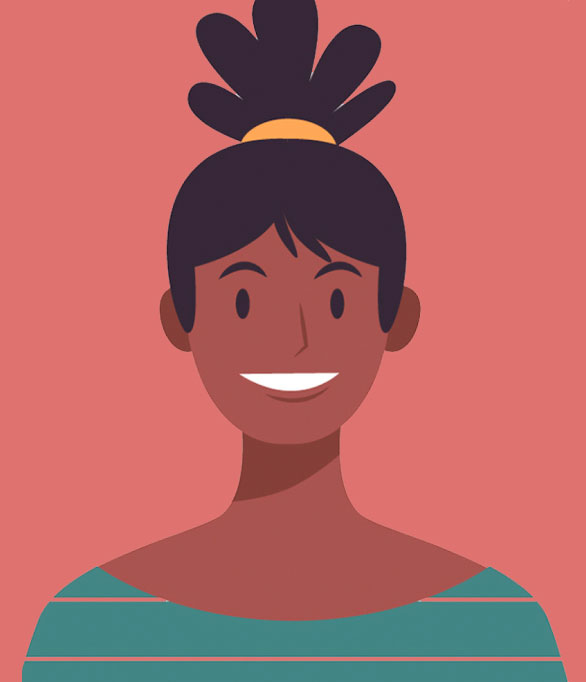Calcium and oxalate in the gut
When you eat, food travels into your small intestine. This is where nutrients—including calcium and oxalate—are absorbed.
Oxalate is found in foods such as spinach, almonds, chia seeds, cashews, and buckwheat groats (see a list of the highest oxalate foods).
On its own, oxalate can easily cross through the walls of the small intestine and enter your bloodstream. From there, it eventually makes its way to your kidneys, where it shows up in your urine.
Too much oxalate in urine is one of the main drivers of kidney stone formation.
Here’s where calcium comes in.
When you eat calcium with your meals, it binds to oxalate in the small intestine. Once calcium and oxalate are bound together, they form a compound too large to be absorbed into the bloodstream. Instead, they keep traveling through your digestive tract, end up in the large intestine, and finally leave your body in the stool.
This is why eating calcium with meals lowers oxalate absorption. Less oxalate absorbed in the gut means less oxalate in your urine—and fewer stones.
What happens if you don’t eat enough calcium?
Now let’s flip the script—if you don’t get enough calcium in your diet, oxalate doesn’t have a partner to bind to in the small intestine. That means more oxalate slips through the intestinal walls into your bloodstream.
The kidneys filter it, and oxalate builds up in your urine, where it can easily join with calcium to form calcium oxalate stones.
So while calcium in the kidney may help form stones, calcium in the gut prevents stones.
The location makes all the difference.
The bone connection
Your body also needs calcium every single day for more than just kidney health. Calcium keeps your heart beating, your muscles contracting, and your nerves firing.
Because these functions are so important, your body tightly controls blood calcium levels. If you don’t eat enough calcium, your body will take it from the only place it can store it—your bones.
Over time, this “borrowing” weakens your bones and raises your risk for osteoporosis and fractures.
Many stone formers—especially women—already face bone density issues (from the loss of estrogen during menopause), so skipping calcium only doubles the trouble.
How to get calcium safely
The goal isn’t to load up on huge calcium supplements—that can increase your risk of forming stones. Instead, aim to get your calcium from food, spread across your meals (and no more than 500mg at a time).
Dairy foods, such as milk, low-sugar yogurt, and low-sodium cheese, are excellent choices if you tolerate them.
If you don’t eat dairy, there are plenty of safe alternatives. Just avoid the high-oxalate “calcium impostors” like almond milk, cashew milk, and spinach. Better options include:
- Fortified oat, pea, flax, or rice milk
- Calcium-set tofu
- Broccoli
- Kale
- Canned salmon or sardines with bones (watch sodium)
Here are some more ideas.
The bottom line
Cutting calcium is one of the worst mistakes you can make if you’re trying to prevent stones. You’ll raise your urine oxalate and put your bones at risk.
Instead, get the right amount of calcium with meals so it can do its job—binding oxalate in your gut and protecting your skeleton at the same time.
Your kidneys and your bones will both thank you.
Your friend,
Nurse Jill
PS: Think of calcium as your body’s peacekeeper. In your gut, it keeps oxalate from sneaking through. In your bones, it keeps strength locked in. That’s a lot of protection from one nutrient.














Leave a Reply